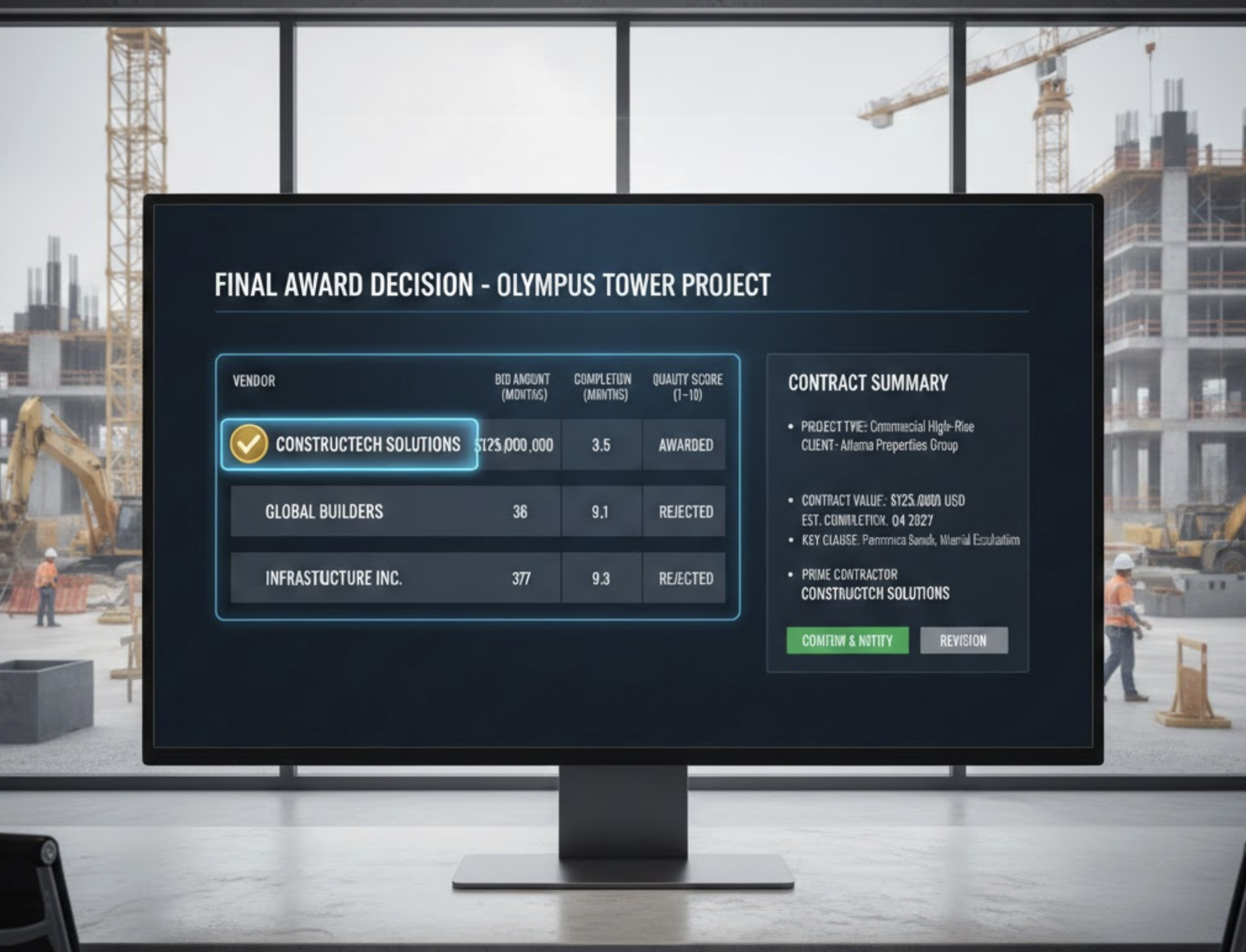Why Early Risk Identification Saves Millions in the Middle East
In the rapidly evolving construction sector of the Middle East, the significance of early risk identification cannot be overstated. As project complexities rise, proactive risk management emerges as a key strategy to mitigate financial, operational, and strategic setbacks. This blog explores the myriad benefits of early risk identification and how implementing effective tools can lead to substantial savings, enhanced decision-making, and improved project outcomes.
Financial Benefits
Early identification of risks in construction projects is critical for achieving substantial cost savings. By anticipating potential issues before they escalate, organizations can avoid costly mistakes that lead to significant financial losses. This proactive approach minimizes the financial burden associated with late-stage corrections and unforeseen complications.
Besides preventing financial pitfalls, early risk identification enhances overall operational efficiency. It allows organizations to optimize resource allocation and minimize waste, achieving significant reductions in operational costs. The role of advanced analytics and digital transformation is pivotal here, as they empower organizations to assess risks effectively and make data-driven decisions that bolster their bottom line.
Operational Benefits
Organizations engaging in early risk identification are better equipped to develop robust risk management frameworks. This preparedness enhances their resilience against various environmental threats, particularly in the challenging landscape of the Middle East. The ability to navigate and respond to potential risks effectively can make the difference between project success and failure.
Moreover, early risk identification provides valuable intel, enabling managers to make informed decisions in a market characterized by high volatility. Armed with insights gleaned from comprehensive risk assessments, project leaders can pivot strategies as needed, aligning resources with evolving project demands. This dynamic capability enhances response strategies, ultimately fostering a culture of adaptability and innovation.
Strategic Benefits
Implementing effective risk management strategies affords companies a significant competitive advantage. By mastering risk management, organizations can navigate the complex risk landscape of the Middle East with agility and foresight. This positions them not only to mitigate threats but also to seize emerging opportunities that others might overlook.
Furthermore, regulatory compliance is a critical aspect of risk management. Early identification of potential compliance issues aids organizations in adhering to fluctuating regulations within the Middle East’s dynamic legal environment. This vigilance helps prevent legal and financial penalties, making compliance a key strategic driver that supports long-term sustainability.
Tools and Frameworks for Risk Identification
Employing established frameworks like ISO 31000 in combination with specialized software solutions can streamline the risk management process. Systems such as RiskWatch and RiskLens facilitate systematic risk categorization and response, providing a solid foundation for managing risks effectively.
Moreover, harnessing advanced analytics is crucial for optimizing risk assessments. Technologies such as predictive analytics and AI-driven tools enhance data-driven decision-making, offering organizations critical insights that support timely interventions and improved risk management efficiency. As the landscape of risk continues to evolve, leveraging these tools is essential for staying ahead of potential threats.
Use Cases and Best Practices
One exemplary case of leveraging AI in risk management comes from a leading financial institution in the UAE. By deploying AI algorithms to monitor and respond to real-time risks, the organization significantly reduced incidents of fraud, illustrating the vast potential of AI tools for construction and risk management. This real-world application underscores the importance of integrating innovative technologies into traditional risk management practices.
Another trend emerging in the Middle East is Third-Party Risk Management (TPRM). As businesses increasingly rely on interconnected supply chains, addressing vulnerabilities within these ecosystems is paramount. By implementing tech-enabled pilots, organizations can develop frameworks that enhance resilience and set new standards for supplier risk management. This proactive approach showcases how tech-driven strategies can revolutionize traditional risk management practices.
Emerging Innovations
Automation has become a game-changer in streamlining risk management processes. By reducing manual errors, it increases operational efficiency and yields cost savings. Automating repetitive tasks allows risk managers to focus on higher-value activities, such as meticulous risk analysis and mitigation strategies, fostering a culture of strategic foresight.
It is also essential to address the growth of AI within the context of ethical standards. As the Middle East experiences significant advancements in AI technology, regulators are increasingly focused on developing ethical guidelines to mitigate risks associated with misinformation and deepfake campaigns. Aligning with global frameworks ensures adherence to responsible innovation while harnessing AI’s vast potential for enhancing risk management practices.
How Zepth Can Help
Zepth is committed to equipping organizations in the Middle East with the tools needed for effective risk management. Our expertise in advanced analytics and digital transformation positions us uniquely to help identify and manage risks more efficiently. We leverage frameworks like ISO 31000 and integrate specialized software tools to streamline risk categorization and response.
Our focus on proactive risk identification enables construction projects to avoid costly missteps and minimize financial losses. This strategic alignment magnifies Zepth’s commitment to enhancing operational efficiency and reducing costs for our clients.
Additionally, Zepth aids organizations in ensuring compliance with evolving regulations in the Middle East. By implementing robust risk management frameworks that incorporate local and international standards, we help our clients stay ahead of compliance challenges.
In conclusion, adopting early risk identification practices can yield substantial benefits for organizations in the Middle East, including tangible cost savings and improved decision-making capabilities. By leveraging innovative strategies and tools, organizations can optimize risk management and position themselves strategically for future challenges and opportunities.




